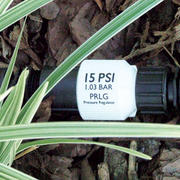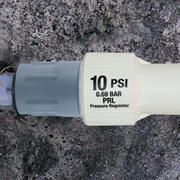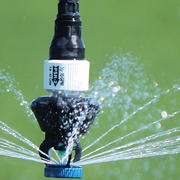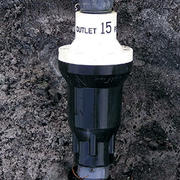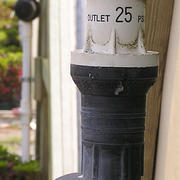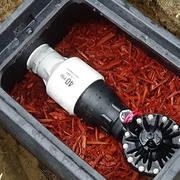Our team has traveled all over the USA and across the globe and noticed two strange things when it comes to pressure regulation: some growers will tell you that pressure regulation is the best way to save water and energy, while others will claim pressure regulation is nothing but a waste of time and money unless you have sloped fields.
We’ve been highlighting the importance of pressure regulation for years but regulation has never been as important as it is now with drought conditions in numerous areas and diminishing aquifer levels.
That’s why we’ve created a quick pressure regulation FAQ list to help explain not just how a regulator works, but why they’re needed and how you can tell if yours is working.
How does a pressure regulator work?
The basic function of a pressure regulator is to limit excessive and varying inlet pressures to a constant outlet pressure. This is done to maintain the desired performance of a sprinkling device.
Pressure regulators accomplish this by automatically modulating their area of opening. By changing the area of opening as upstream pressures fluctuate, pressure loss through the regulator changes proportionally. This allows them to maintain the downstream pressure at a relative constant.
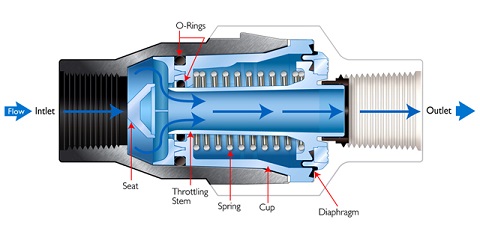
Why do I need pressure regulators?
No matter what type of irrigation system you have, correct system pressure is essential for optimum distribution uniformity and proper flow through emitters. Crops need the right amount of water at the right time and pressure regulators ensure this need is met.
Sprinklers are made to operate within a specific range of flows and pressures. They’ll maintain their application pattern and adequate droplet size as long as they can operate under normal conditions. If these conditions are altered, their application pattern will be affected and you could easily run into uniformity issues, over or under watering, and irregular crop growth.
What causes pressure deviations?
Every irrigation system will experience some sort of pressure fluctuation. The most common reasons for pressure fluctuations include:
- Elevation changes in a field
- Pressure loss through pipe fittings
- End guns cycling on and off
- Cycling of various irrigation zones and valves
Do I need a pressure regulator with flat land?
Yes! Your system pressure can change due to too the various causes listed above and more. Elevation is just one of the many things that cause pressure fluctuations.
No matter what degree of elevation you have, controlling flow and pressure is essential for systems operating at lower pressures. For example, if a system operating at 30 psi (2.07 bar) experiences a 10% flow variation, that will result in a 6 psi (0.41 bar) pressure variation. That flow variation can adversely impact sprinkler performance and ultimately yields.

How does pressure affect my flow rate?
The operating pressure of an irrigation system always affects the flow rate. Higher pressures increase flow along any pipe. As that flow increases, water velocity increases as well. This results in pressure decreasing downstream due to friction loss. When water is rushing through a pipe at high velocities, the interior walls of the pipe create friction against it, which causes pressure loss.
How long does a pressure regulator last?
Senninger pressure regulators are built using high-impact engineering grade thermoplastics and are 100% pressure tested, to ensure quality and performance. However, like sprinklers, they do not last forever. Irrigators are encouraged to check their pressure regulators at least every three years.
Factors that can shorten a pressure regulator’s lifespan include:
- Unflushed chemicals in the pipeline
- Suspended abrasive materials in the water
- Long operating hours
How can I tell if a pressure regulator is bad?
Issues such as dry spots near the head, overwatering in a doughnut-shaped pattern, uneven crop growth and streaking in the field, and misting are all common signs of pressure regulator malfunctions. Using yield maps and even aerial imaging may prove helpful in identifying issues.
Source
Originally published as "Irrigation Pressure Regulation". Farmer's Hot Line. Apil 2015.

